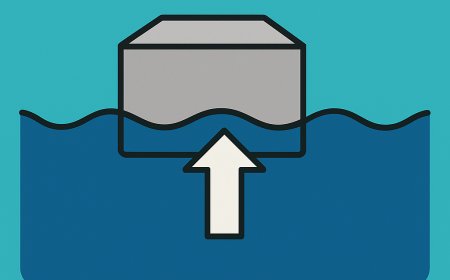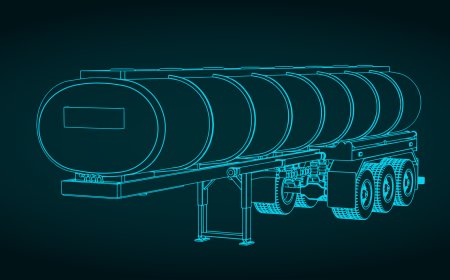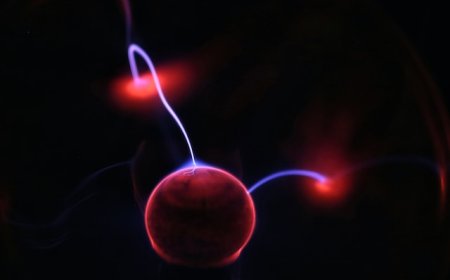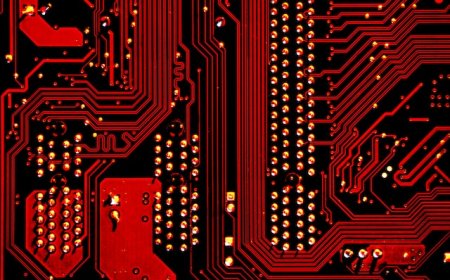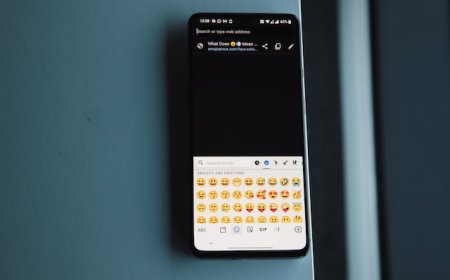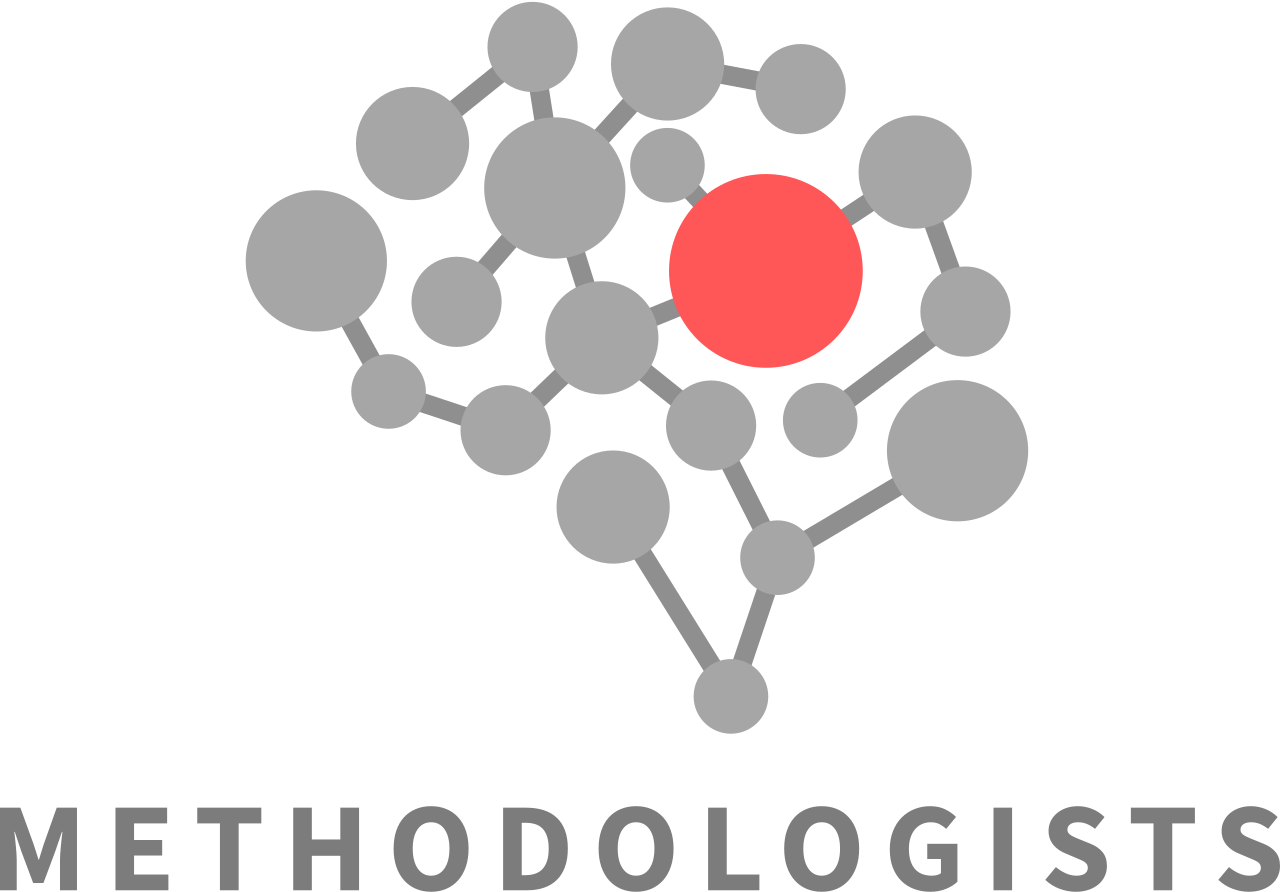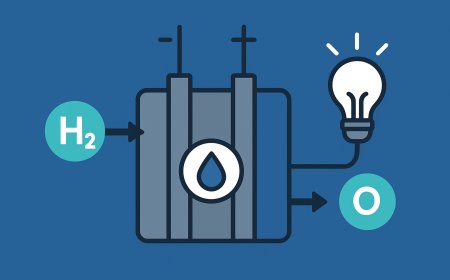Fiber Optic Communication: How Light Carries Data Around the World
Discover how fiber optic cables use total internal reflection to transmit data at light speed. Learn about their core and cladding structure, single‑mode vs multi‑mode fibers, and why optical communication powers our digital world.

Introduction — light-speed highways of our digital world
Every time you make a video call, stream a movie or send an email, you are relying on hair‑thin strands of glass to carry that information across continents and oceans. These strands, known as fibre optic cables, have revolutionised telecommunications because they transmit information using pulses of light. Unlike copper wires, which send electrical signals and suffer from resistance and interference, fibre optics offer orders of magnitude more bandwidth and immunity to electromagnetic noise. Fibre cables now criss‑cross the planet in subsea links, city backbones and even into homes, forming the light‑speed highways that underpin modern communications.
Anatomy of a fibre cable
At the heart of fibre optics is the core — a glass thread about as thick as a human hair. Thousands of these glass fibres can be bundled together, and each is supported by a central strength element such as a metal rod to give the cable structure. Surrounding the core is the cladding, a second layer of glass with a slightly lower refractive index. The cladding’s job is to keep light trapped inside the core by reflecting it back, increasing total internal reflection and preventing signal loss. Outside the cladding is a protective plastic coating and one or more layers of strengthening fibres, which add mechanical support and make the cable flexible and durable. Finally, the entire assembly is covered by a cable jacket to protect it from moisture, abrasion and environmental damage.
The physics of total internal reflection
To understand why light stays inside the fibre instead of leaking out, think about how light bends when it passes from one medium into another. When a light ray travelling in a dense medium hits a boundary with a less dense medium at a shallow angle, it is completely reflected rather than refracted. This phenomenon is known as total internal reflection. In optical fibres, the core has a slightly higher refractive index than the cladding, so light bounces off the interface and stays confined in the core. Only light entering within a certain range of angles — the fibre’s acceptance cone — will propagate down the core without escaping. That range is expressed as the numerical aperture, a specification that determines how easily light can be coupled into the fibre.
Because the difference in refractive index between core and cladding is very small, modern fibres are classed as weakly guiding. Light travels down the fibre by repeatedly reflecting off the boundary, effectively “zig‑zagging” its way along. This guiding mechanism means fibres are immune to electrical interference and electromagnetic pulses, unlike copper conductors. It also allows fibres to be installed next to power equipment or in environments where sparks would be dangerous, because the cables do not carry electric current.
Single‑mode versus multi‑mode
Not all fibres are the same. In single‑mode fibre, the core is so small — only about 8 µm in diameter — that light can only propagate in one transverse mode. These fibres are used for long‑distance links because they minimise dispersion, the spreading of light pulses over distance. In contrast, multi‑mode fibre has a larger core (often 50 µm or more) and supports many modes. Multi‑mode fibres are easier to couple light into and are used for shorter links such as local area networks and data centres. Early fibres had a step‑index profile, with an abrupt difference between core and cladding refractive indices. Modern multi‑mode fibres often use a graded‑index profile in which the refractive index gradually decreases from the centre outward, causing light rays to curve smoothly and reducing the dispersion that occurs when different rays take different path lengths.
How fibres transmit data
Although light travels continuously down the core, information is carried in the form of pulses. At a transmitter, electrical data — bits of ones and zeros — is converted into bursts of light using lasers or light‑emitting diodes. The timing and intensity of those pulses encode the digital signal. As the pulses propagate, they gradually lose strength due to absorption and scattering. For long cables, regenerators or optical amplifiers are placed periodically along the route to boost the signal and overcome attenuation. At the receiving end, photodetectors convert the light back into electrical form, recreating the original data. This conversion is so fast that a phone call between Sydney and New York experiences only about an 80 millisecond delay, even though the signal travels 16 000 kilometres.
Why fibres outperform copper
The principal advantages of fibre optics over traditional copper cabling lie in bandwidth, attenuation and immunity to interference. Glass fibres can carry light at frequencies of hundreds of terahertz, enabling data rates in the terabit per second regime. Signals transmitted through fibre experience far less loss over distance than electrical signals in copper, allowing spans of tens or even hundreds of kilometres between repeaters. Because fibres do not conduct electricity, they are immune to electromagnetic interference, crosstalk and lightning strikes. The light signals are also hard to tap without physically breaching the cable, giving optical communication an inherent security advantage over copper lines. These properties make fibre optic links ideal for backbone networks, undersea cables and environments with high electrical noise.
Applications beyond telephony
Fibre optics first gained prominence in long‑distance telephony because they allowed voice signals to be sent with minimal distortion. Today they are used in virtually all forms of high‑speed data transmission, from broadband internet and cable television to cloud data centre interconnects. Submarine cables that span the Atlantic and Pacific oceans use bundles of fibres protected by steel and polyethylene. Within cities, metropolitan area networks use fibre to deliver gigabit internet to offices and homes. Beyond communications, fibres are used in endoscopes to illuminate and view inside the human body, in fiber lasers and sensors, and in industrial applications where robust, electrically inert signal paths are needed. Because optical fibres are not susceptible to metal theft and do not spark, they can be used safely in high‑voltage environments and locations where flammable gases are present.
The future of fibre technology
Research continues to push the limits of fibre optic technology. Photonic crystal fibres use periodic microstructures in the cladding to guide light by Bragg reflection instead of total internal reflection, enabling low loss at unusual wavelengths and high power transmission. Multi‑core fibres pack multiple cores into a single cladding, multiplying capacity. Space‑division multiplexing, wavelength‑division multiplexing and advanced modulation formats are already being deployed to increase the throughput of existing fibre networks without laying new cables. As demand for data grows — driven by streaming, cloud computing and the Internet of Things — fibre optics will remain the backbone of global connectivity.
Fibre optic communication harnesses the laws of physics to send information as pulses of light travelling at hundreds of thousands of kilometres per second. By carefully controlling the refractive indices of core and cladding materials, engineers confine light through total internal reflection and achieve loss‑free guidance over huge distances. The delicate glass fibres are protected by multiple layers of coatings and strengthening elements, while lasers and detectors convert electrical signals into light and back again. Compared with copper, fibres offer vastly greater bandwidth, lower attenuation and immunity to interference, making them essential to modern digital life. As new fibre designs and multiplexing techniques emerge, these light‑carrying threads will continue to support the world’s ever‑increasing hunger for data.
What's Your Reaction?












